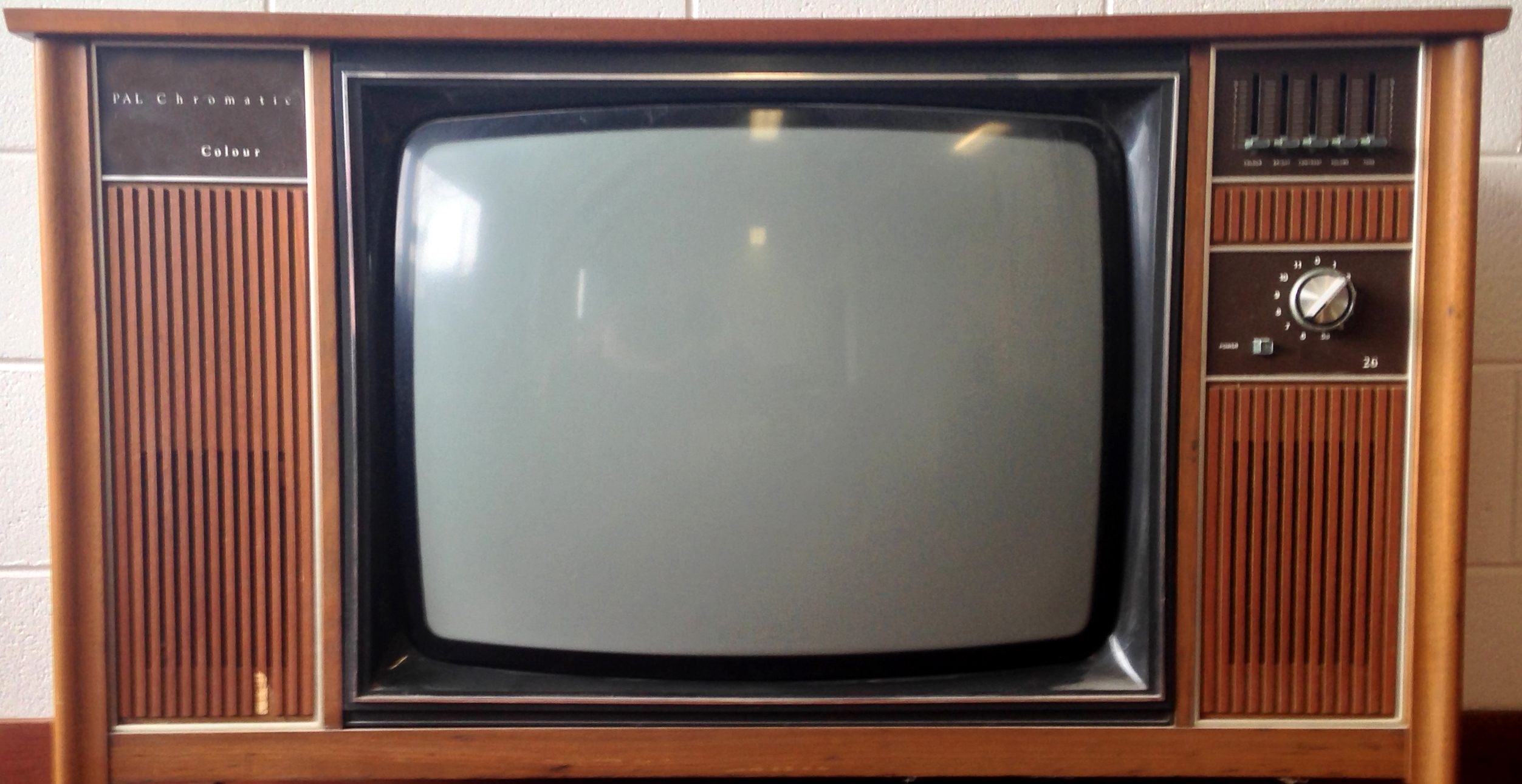Common materials found in televisions
Televisions fall into two main categories: those with cathode ray tubes and those without. The CRT is attached to the screen that gives the monitor its bulk. The glass in the CRT contains up to 8 pounds of lead, a layer of cadmium-based phosphorous and other dangerous heavy metals.
While it is in one piece, a CRT poses no threat to human health. But, if the glass breaks it can release the lead and other materials into the air. The danger and complexity required in processing CRTs makes them difficult and expensive to recycle.
Flat-screen televisions are not much better. Older models with LCD lights in the screens can contain up to 20 tubes filled with mercury. These screens are harder to take apart, especially since workers have to worry about rupturing those tubes.
Other materials in televisions include plastic, wood (from large console televisions), copper wiring and circuit boards.
It is for the above reasons that old Televisions and Monitors should be taken to specialist recycling companies such as Secure Data Recycling to ensure that the component parts are stripped down properly and recycled.


